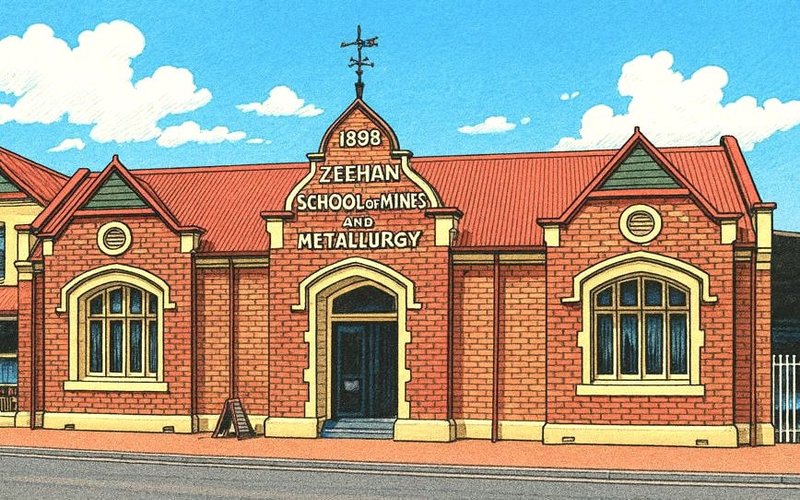Stellar Resources (ASX: SRZ) has boosted its hopes of becoming a significant tin producer with a breakthrough in ore sorting tests on samples from the company’s Heemskirk project in western Tasmania.
The company’s examination of a range samples from Heemskirk has identified the potential to significantly lower processing costs while upgrading feed grade.
Stellar’s recent use of large-scale X-ray transmission ore in sorting trials on samples from Heemskirk’s Queen Hill deposit has provided pre-concentration outcomes highlighting the potential for higher-grade results.
Increased Tin Recovery
On average, the four samples delivered an impressive 82.4% tin recovery to the high-grade product stream at a grade of 1.50%, 1.6 times the average grade of 0.91%.
The tests also found that a stream blended with a medium-grade product further increased the tin recovery to 97.2%.
The grade in the combined high- and medium-grade streams was 1.13% tin, an increase of 1.2 times.
Larger Sample Sizes
Stellar conducted the recent test work on significantly larger material samples from across the Queen Hill orebody, which is helping with the understanding and modelling of how different grade materials may respond.
The company expects the results to have a positive impact on the project’s pre-feasibility study, particularly through reducing the plant size and costs.
The testing also showed that Stellar could make further savings by removing waste from the mined material it feeds into the downstream plant.
Further studies suggest that early development of a crushed waste stream may provide a low-cost back fill material for the underground mine, potentially removing the need for a paste fill requirement.
Waste Removal Positives
Sorted material Stellar subsequently submitted for comminution test work determined that the removal of waste would have a positive impact on grinding performance, which could lead to a significant reduction in power requirements.
The company now plans to carry out additional tests on the sorted products as it progresses its anticipated flowsheets for the project, with a particular focus on the possibility that a high proportion of tin loss through sorting is already unrecoverable due to particle size and that the concentrator would deliver higher recovery.
In the meantime, Stellar expects to complete its extended resource drilling program at Queen Hill shortly, ahead of its release of an updated mineral resource estimate.
East Renison Excitement
Stellar has also achieved success at its East Renison project in Tasmania, where the company recently revealed that historical results had aided its planning for follow-up reconnaissance programs.
Historical rock chip sampling outlined a mineralised zone approximately 9 square kilometres in size that contained high levels of tin, antinomy, gold, silver, copper, bismuth, zinc, and lead.
Analysis is ongoing and Stellar is currently planning out soil sampling and mapping reconnaissance programs.
Stellar also recently received a $55,000 exploration drilling co-funding grant from the Tasmanian government to test the Carbine Hill East target.
